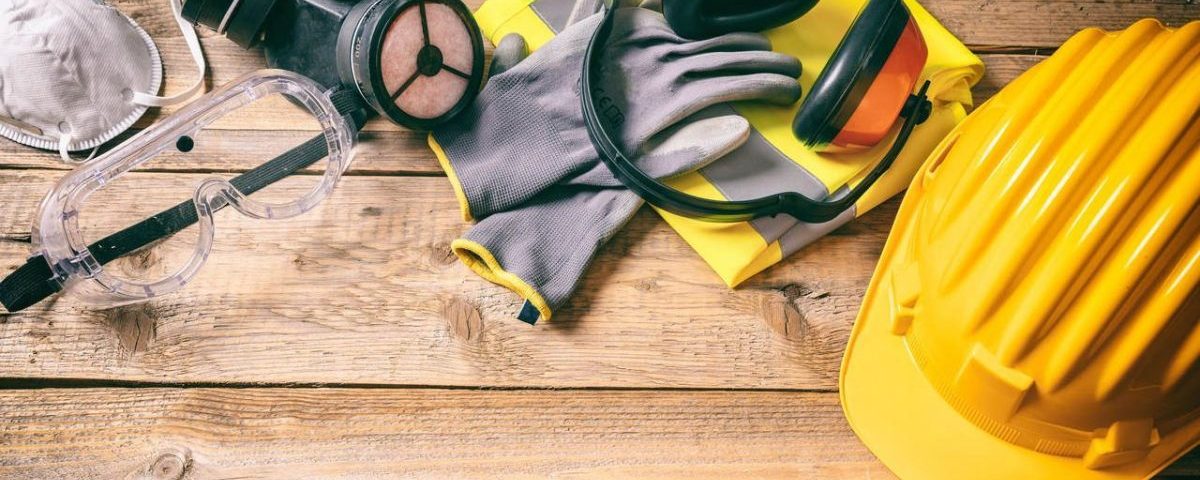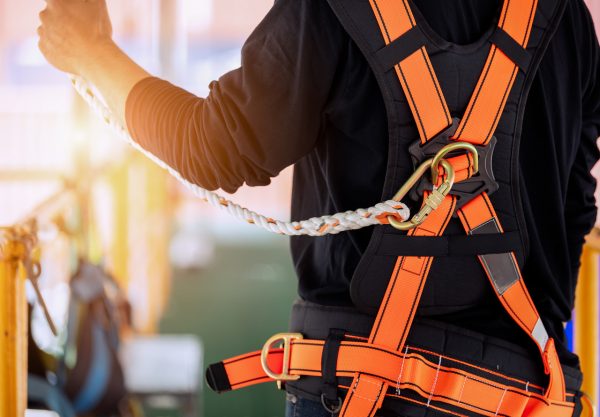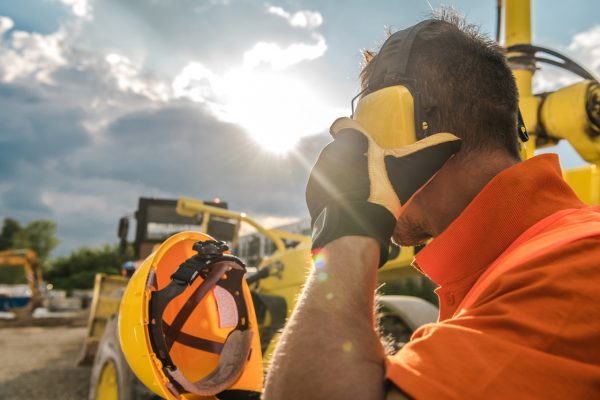
People As a Catalyst for Improved Health and Safety – Not the Barrier
28 of April of 2020
“How can we be better?”
At a recent cross-industry health and safety meeting I was kindly invited to attend, I heard this point made. It’s not often you hear this kind of thought-provoking, searching question. I was hooked, excited to see where this thinking could go. However, quite quickly, the discussion became about adding more health and safety processes and procedures to already inflated management systems. The language was about ‘them’ not ‘us’. We entirely skipped over discussing and analyzing every aspect of the challenge we were trying to solve. What I also found thought-provoking was the lack of appreciation that our operational colleagues could be a source of enlightenment of how health and safety can be better! How we can shift our approach from the traditional to a more elightened and collaborative approach.
The tone of this discussion reminded why our health and safety function has often been accused of operating outside of the other business functions. We have created a plethora of systems, tools, processes, systems over the years. We mandate compliance through multiple inspections, audits, and reviews. How much of it makes a difference in creating safer working environments could be debated at length, certainly some of the data would suggest we are stagnating. Sometimes, it seems health and safety success is about following procedures at all costs, without challenging or asking questions to seek out improvement. Did a scaffold erection task plan for a job in a hotsandy desert really need to include a snow loading section? Probably not! But procedures required it, so resources were spent including it, nobody felt empowered to question it.
There has to be a better, more effective approach for health and safety to evolve and create more reliable places of work.
The purpose of this blog is certainly not to suggest we do not need systems and processes. My goal here is to explore how we can empower a broader group of people in the creation process of these work methodologies so they are more efficient, resilient and frictionless in their application.

One obstacle is that the Health and Safety Department often runs as a separate, parallel function within the business. One that does not always connect with how daily work is to be delivered. Other functions commonly view health and safety solely as an enforcement or compliance function, or to investigate when something’s gone wrong, which is then indeed reciprocated by my own profession in how we engage and behave . The language often used around health and safety sometimes reinforces the perception that there’s an adversarial relationship between it and other departments. “Officer.” “Investigation.” It builds a barrier where people should be collaborating to improve workplace safety.
As a Director of Health and Safety, I believe if we are to move from our current position and tap into the incredible competence available to us, we need to engage with people differently, modify our approach. If we genuinely want to promote worker safety and well-being, we should harness as many minds as possible to identify how we can deliver business and projects in ever more intelligent ways. We can and should build a new framework where health and safety integrates, throughout the organization.
Collaborating on Health and Safety at Every Stage
If we integrate both the health and safety team and their thinking through an entire project life cycle, we can collectively start actively thinking about what will maximize worker safety and well-being.
We can start by acknowledging that neither health and safety teams nor operational teams alone have all the answers. Integrating teams to address health and safety is the opportunity to introduce and collaborate on these issues throughout these lifecycles, either at the business or project level. From bidding and design through to operation and maintenance, integration and collaboration increase our organizational capacity to keep workers safe by capturing this vein of knowledge and brainpower to improve operational delivery.
For example, integrating health and safety expectations or decision points into the bidding process reduces the need to have a parallel health and safety process. Such integration supports the message that a successful outcome is when we make a collective decision. It also brings a multiplicity of perspectives that ask a broader range of questions, like: Can we access a competent workforce? Does the client have maturity on health and safety that aligns with ours? Can we deliver operations that eliminate risks to people as we would expect? Can we create more efficient methodologies that create greater certainty in delivery?
I remember one project where questions like those above weren’t asked during bidding, mainly because the health and safety system sat outside of other business processes. We had no opportunity to discuss in a collaborative environment. Ultimately, we had to terminate the contract because our employees were exposed to unacceptable risk and we had exhausted all avenues to modify the enviromentwith the client . If we had asked health and safety questions during bidding, as we assessed the opportunity, we could have avoided a costly hit to the business, innovated from the start, and created an enhanced way of working that produced a better outcome.

Amplifying the Voices
An operational framework that integrates health and safety, inviting managers and workers to participate in developing an approach that examines health and safety issues throughout lifecycles can shift the current perception and delivery of health and safety. A changed approach to one empowered by a broad range of collective voices. Where we listen and give control to those competent individuals closest to the operation and who have the most knowledge about the on-the-ground realities.
Seeing health and safety as a partner is necessary to change the nature of discussions from adversarial to collaborative. Everyone should feel safe sharing valuable ideas or making new suggestions. Only then can we build the partnership we need to innovate, creating ways to improve the business. For instance, partnering could mean jointly examining why a project or operation went well or indeed went wrong, coming up with recommendations on how to repeat the postives and rectify the negatives.
Together, we can develop more powerful methodologies, procedures, and expectations.
Linking it to Our Identity
Builing a consistent and collective health and safety strategy throughout the entire organization is vital, but so as as the procees of incorporating it into the company’s core values, its DNA. At Ferrovial, a consistent link has already been established between our five core values and our health and safety strategies:
•Collaboration: making sure health and safety teams are integrated within the business.
•Excellence: working together to raise standards.
•Integrity: no more health and safety officers.
•Respect: seeing everyone as part of the solution.
•Innovation: it’s in the strap line on how can we be better and improve ourselves everyday.
A Collaborative H&S Approach Raises Standards
When health and safety isn’t physically or conceptually isolated from business units and projects, we see higher engagement from everyone – managers, workers, and health and safety personnel. Highly engaged, technically competent workers inject a resiliency into a business that allows space for people to take control, explore new ideas, and ultimately feel a sense of accountability that they can manage. Surely valid content when discussing job safety.
Sure, we will always need to include some processes to validate compliance. However, we can reframe our message as to how we engage, how health and safety tools and methods are developed, and how work is delivered. Too often today, there’s a mutual sense that each “side” is an obstacle to a healthy and safe environment.
“Workers aren’t following the safety rules,” says the health and safety team.
“H&S personnel don’t really know how we have to do what we do,” say the workers.
If we can remove the notion that “they” are barriers to progress, we can start seeing everyone, together, as part of the solution. In a collaborative, integrated process where everyone has a voice and feels valued, people are more likely to contribute to developing the solutions that appreciably improve the performance of a business and with it, the health, well-being, and safety of all.





There are no comments yet